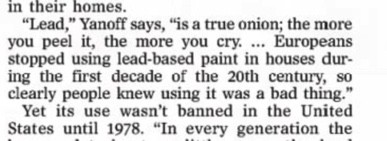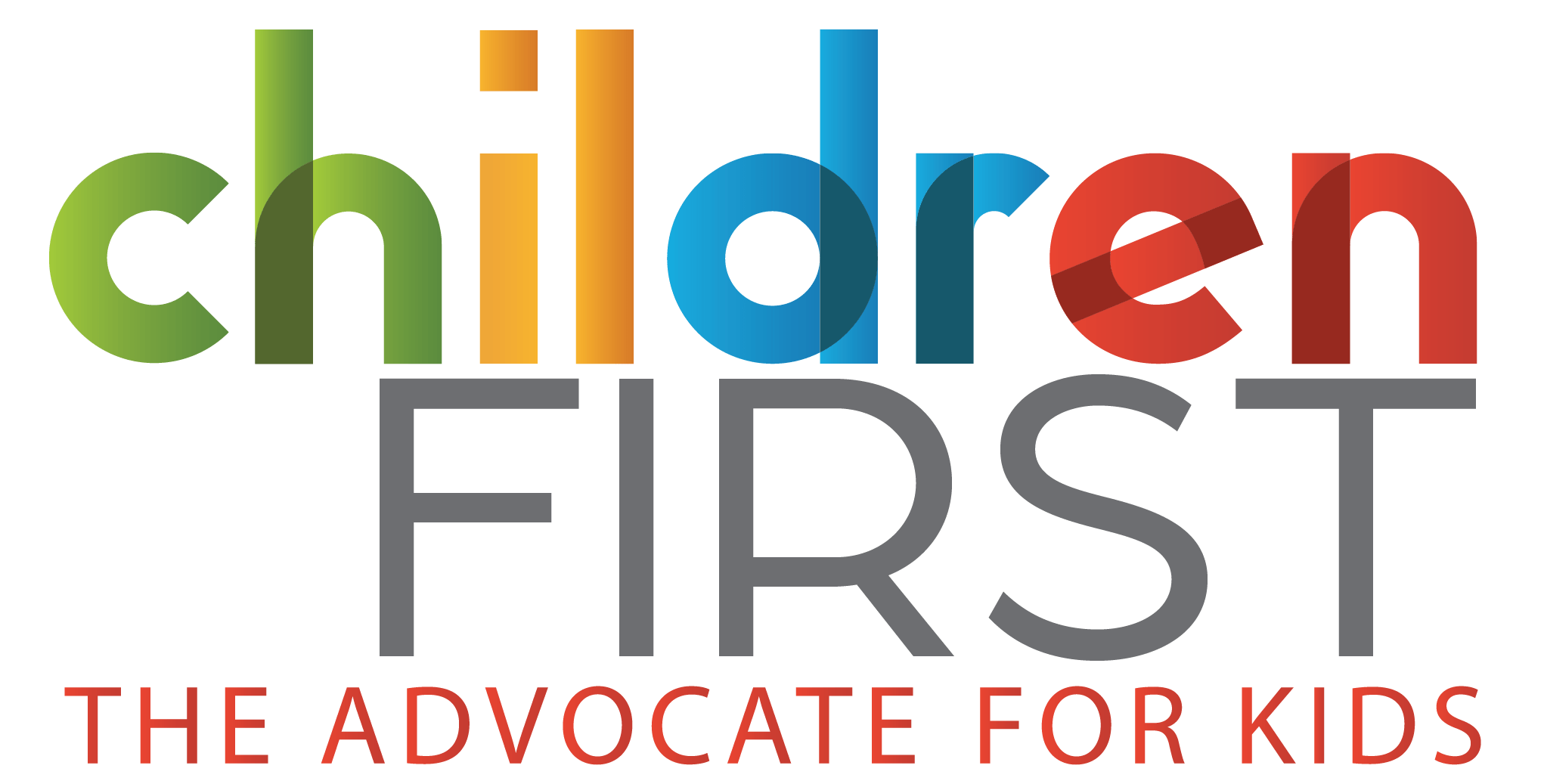Lead Paint Poisoning

Lead paint poisoning is one of the initial set of issues PCCY founders placed as a top priority, and for the next four decades, PCCY remained steadfast in its resolve to amplify the voice of parents whose children are irrevocably harmed from toxic lead poisoning in their own homes and put an end to it.
Babies and children are poisoned when they ingest or breathe lead-based paint chips or dust that contaminate their hands or toys, for example, that they stick in their mouths as part of their natural, developmentally appropriate behavior. Deteriorated paint in properties that are not maintained is the major culprit in creating home-based lead hazards.
When PCCY started this work, public officials were slow to act. Yet, children were being poisoned and parents were desperate for immediate help. PCCY set off a grassroots effort, purchasing HEPA vacuum cleaners and creating a guide for parents on how to remediate their apartments themselves. PCCY showed the government how to respond and they did. With the attention of lawmakers, PCCY shifted to making an unimpeachable case of policy reforms to stop the poisoning in the first place.
In Philadelphia, children are poisoned at almost double the rate of Chicago and triple the rate of Boston, New York City, and DC. The city acknowledged the severity and need for further mitigation of this public health problem by enacting the Lead Paint Disclosure Law in 2011. Based on promising policies in other cities, the law requires landlords of properties built before 1978 with child tenants six years or younger to certify that their properties are lead-safe or lead-free upon new occupancy in order to secure a rental license.
Despite a decline in children with lead poisoning in the city since then, the number of children poisoned remained intransigently high with around 2,400 poisoned every year or 6% of children tested. The Lead Disclosure Law had fallen far short of its intended outcome. Too many landlords were not complying. As of January 2018, landlords have only submitted 4,418 certificates for an estimated 26,000 rental units subject to the law. In practice, the 2011 law turned out to be largely unenforceable. Children are primarily poisoned by lead-based paint in their older homes – and most (62%) are poisoned in a rental property.
To finally stop the poisoning, PCCY coordinated countless meetings with lawmakers and orchestrated high-profile media events that forced the crisis into the spotlight and on the table for action. Fortunately, for children, PCCY takes no government funds so it can be a fearless voice for children.
In 2018, PCCY released two groundbreaking reports with practical solutions to end childhood lead poisoning. The reports showed that in five high risk zip codes, at least 1 in 15 children tested have elevated blood lead levels. Most of these children live in low-income and minority neighborhoods. And because only 43% of children receive the two blood lead tests required by the time they are three years old, there are more children injured by lead we don’t know about. That same year, PCCY Health Policy Director Colleen McCauley received the College of Physicians of Philadelphia’s 2019 Public Health Organization of the Year award on behalf of PCCY for its work to eradicate childhood lead poisoning.
In 2019, PCCY’s independence enabled children to win and the scourge of lead poisoning may finally be put to rest. PCCY knows there is strength in numbers. That’s why it built a coalition of landlords, painters, remediators, parents, doctors, educators and average citizens to amplify efforts. The coalition grew from 13 allies in 2011 to 40 major players in 2017 all united behind an unrelenting call for a new Philadelphia lead law; now hailed as the benchmark for jurisdictions across the country.
